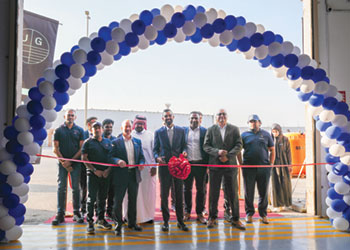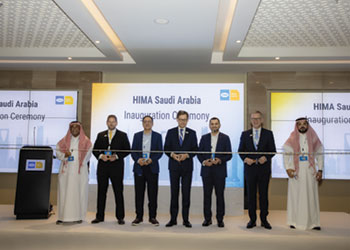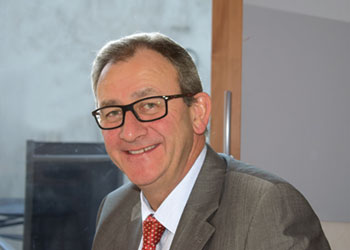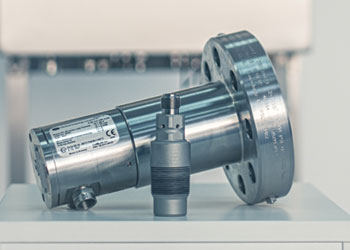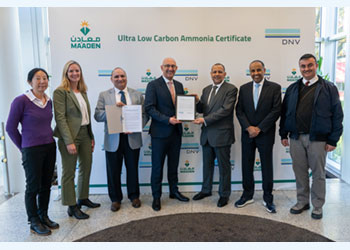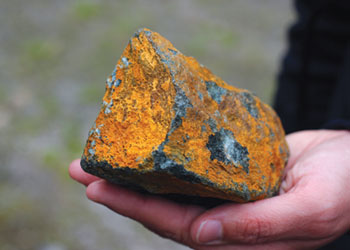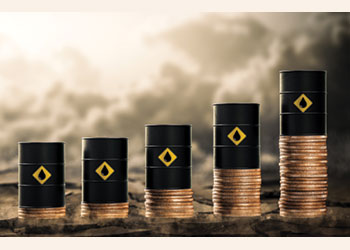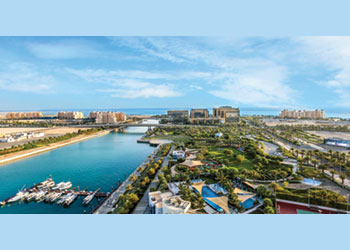
 Pratchard ... innovating to reduce carbon footprint
Pratchard ... innovating to reduce carbon footprint
The company’s radiant wall burner design is capable of firing more than 90 per cent hydrogen fuel gas combinations while producing less than 100 mg/Nm3 NOx emissions, writes Eric Pratchard, Director, Burner Products for Zeeco
Rising fuel costs, new regulations requiring carbon footprint reductions, and global net-zero carbon initiatives continue to pressure the refining and chemical industry markets.
The two main methods to reduce CO and CO2 emissions are capturing and sequestering the carbon in the fuel gas or removing carbon from the fuel before firing.
Many organisations are considering refuelling existing fired equipment with sustainable, low-carbon fuels such as hydrogen (H2).
As H2 displaces hydrocarbons in the fuel composition, carbon atoms decrease. A fuel stream composed of 100 per cent H2 cannot generate CO or CO2 as a by-product of combustion due to the lack of carbon in the combustion reaction.
Therefore, the higher the H2 content of a fuel, the lower the overall CO and CO2 emissions – but not without some design modifications.
DESIGN CHALLENGES
Most fired heaters and process furnaces today were designed for firing natural gas or refinery fuel gases that contain a high proportion of saturated hydrocarbons with a make-up of hydrogen, inert gases, and traces of other compounds.
 |
Isometric and cutaway views of a Zeeco FreeJet burner showing staged fuel risers |
Typical hydrogen content for refinery fuel gas may vary between 20–40 per cent by volume.
When using hydrogen as a primary fuel, H2 concentrations of 90–100 per cent are probable, changing the operating parameters of the burner.
Firstly, the laminar flame speed of hydrogen is significantly higher than that of hydrocarbon fuels, promoting a more rapid combustion process and increased heat release per unit volume.
For example, the flame speed in H2 combustion is approximately 5.7 ft per second (ft/s), while the flame speed of natural gas is significantly slower at only 1.3 ft/s.
H2 firing has a higher stoichiometric adiabatic flame temperature of 3,960 deg F, while natural gas has an adiabatic flame temperature of 3,518 deg F (Combustion – Second Edition by Irvin Glassman, 1987). These characteristics require engineers to evaluate the materials used in burner construction and the type of burner used.
The increased flame temperature of H2 requires upgrading the steel used for nozzle construction, throat construction, and flame stabilisers to a higher grade stainless or alloy.
Refractory used within the burner should be carefully evaluated, and its composition modified to withstand the elevated temperatures characteristic of H2 firing.
Increasing hydrogen content in the fuel gas lowers the specific gravity of the fuel, causing the fuel gas mass flow rate to decrease.
Consequently, increasing the fuel gas pressure is often necessary to achieve the same burner heat release.
• Retrofit burners for High H2 firing: The higher adiabatic peak flame temperatures present when firing high hydrogen fuels lead to elevated temperatures local to the flame, which directly increases NOx emission rates by up to a factor of three.
Employing ultra-low-NOx burner technologies can help to remain within legislative NOx emission requirements when firing high H2 fuel.
• Ultra-low-NOx diffusion burners: The Zeeco ultra-low-NOx Free Jet burner utilises internal flue gas recirculation to recondition the fuel gas with inert products of combustion prior to mixing with combustion air.
The reconditioned fuel mixture prolongs the combustion reaction, thus reducing peak flame temperature and thermal NOx production.
Without steam injection or post-combustion emissions control, this burner can achieve NOx emissions of less than 50 mg/Nm3 on 90 per cent hydrogen fuel.
To achieve this, discrete high-velocity jets of gas are injected through a ring of gas tips on the outside of the tile.
The gas jets help to counteract the high flame speed of hydrogen flames, ensuring a stable and robust flame over a wide operating range.
 |
A Zeeco ProFlame scanner ... an example of a UV spectral range scanner that can |
Another consideration when firing high hydrogen fuel gas is using a burner with low-mass gas tips.
In the Zeeco Free Jet burner example, the gas tips protrude through the furnace floor by approximately 25 mm, significantly reducing the thermal intensity over the gas tip profile.
This means the gas tips are suitably designed to withstand the elevated temperatures characteristic of hydrogen firing with an extended operating life.
• Ultra-low-NOx pre-mixed radiant wall burners: Pre-mixed radiant wall burners, commonly used in ethylene-cracking furnaces, present a different challenge when firing high hydrogen fuels due to the propensity for a flashback.
Because of this, burner designers must consider the flammability window and flame speed of each specific fuel composition.
The flammability window of pure methane is between 5 per cent and 17 per cent, with a flame speed of 1.3 ft/s.
This means that when mixed with air at a concentration between 5 per cent and 17 per cent, methane will support combustion at that speed.
The flammability window for hydrogen is between 4 per cent and 74 per cent, with a flame speed of 5.7 ft/s.
As the industry pushes hydrogen concentration higher, it becomes increasingly difficult to design burners with exit velocities to overcome this flame speed increase while also operating efficiently on natural gas.
The flame will propagate inside the burner if the designer gets this balance wrong.
Known as flashback, this can be detrimental to the mechanical integrity of the burner components and thermal NOx emissions levels.
To overcome this challenge, Zeeco developed a radiant wall burner design capable of firing more than 90 per cent hydrogen fuel gas combinations while producing less than 100 mg/Nm3 NOx emissions.
This burner design utilises a proprietary fuel staging design that produces two separate mixture zones exiting the tip, allowing the burner to generate the exit velocity needed in the lean zone to prevent flashback while delaying combustion in the rich zone long enough to mix fuel with inert flue gas products.
This burner can be retrofitted in existing ethylene furnaces for firing high H2 fuels even in challenging furnace applications with extremely tight burner-to-burner and burner-to-tube spacing, still meeting the less than 100 mg/Nm3 emissions requirement.
FLAME SCANNERS
Conventional flame scanners are configured to detect combustion radiation in the UV, visible, and IR spectrum.
When firing high hydrogen fuels, the absence of carbon means the spectral range of radiation produced by the combustion process is significantly narrowed and shifted towards the UV spectrum.
For scanners utilising the UV spectral range only for flame detection (no IR component), peak response occurs at the OH-radical remission wavelength.
Therefore, the absence of carbon in the flame does not impede the scanner’s ability to detect radiation from the target burner nor cause nuisance trips.
One example is Zeeco’s ProFlame scanners, which can reliably detect 100 per cent hydrogen flames, a critical furnace safety interlock when firing high hydrogen fuel.
The burner flame may become much shorter when firing high hydrogen fuels due to increased flame speed.
Therefore, sighting the flame scanner properly is essential to ensure it is aligned with the target flame.
This will reduce the chance of unwanted background signals being detected by the flame scanner.



















































































